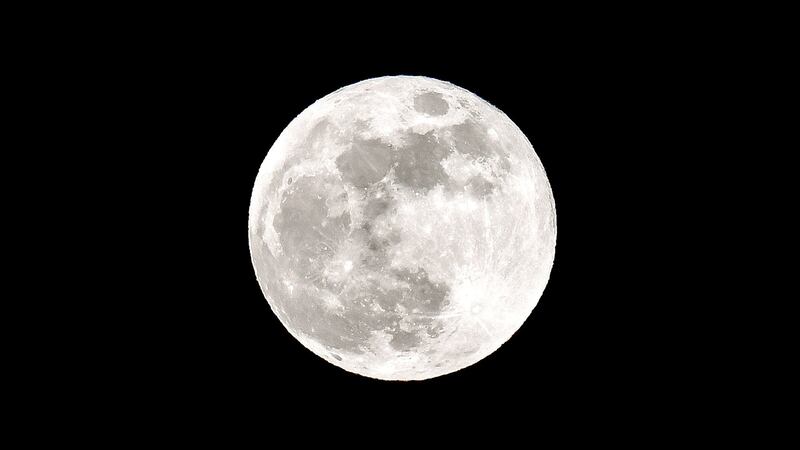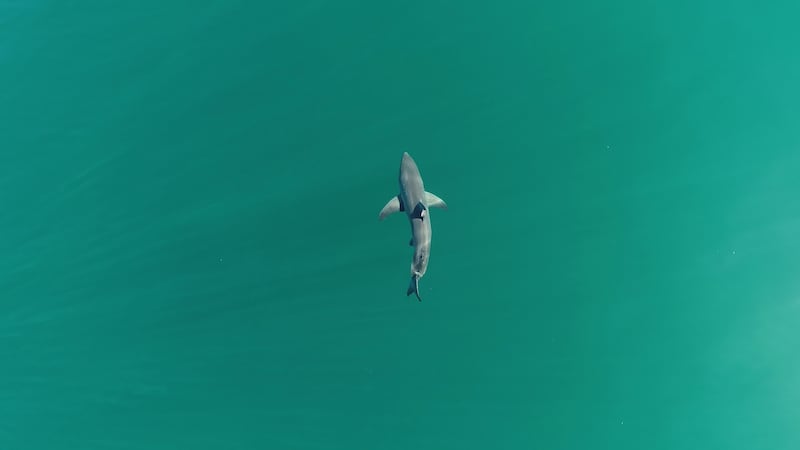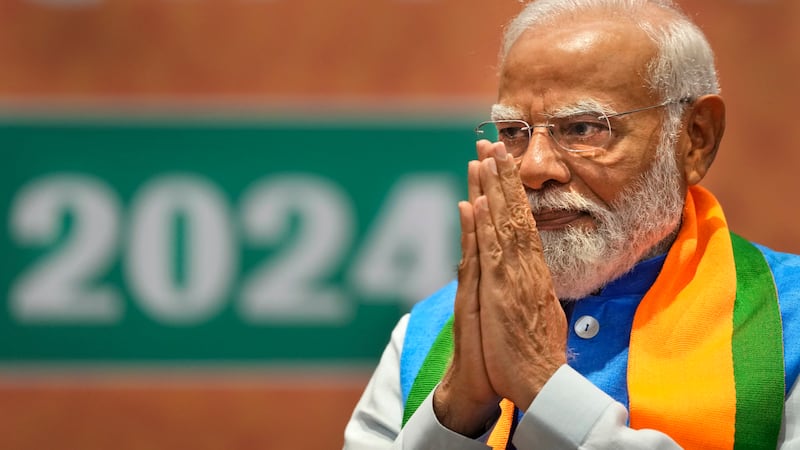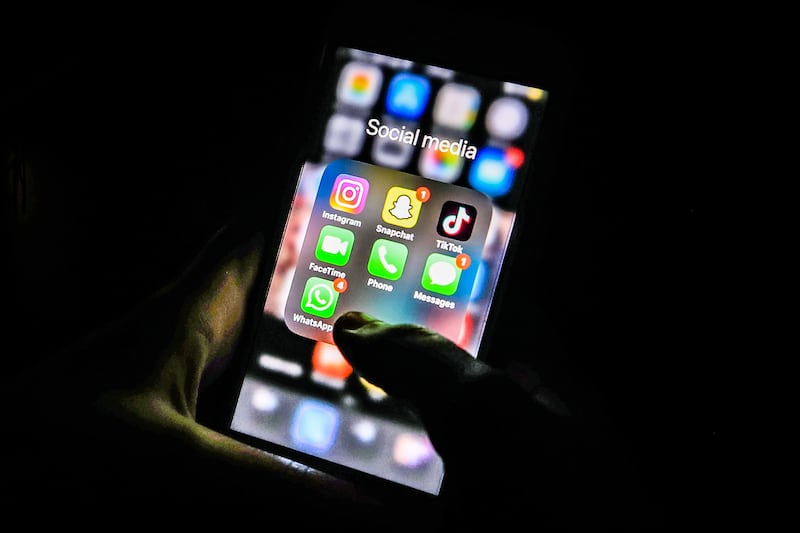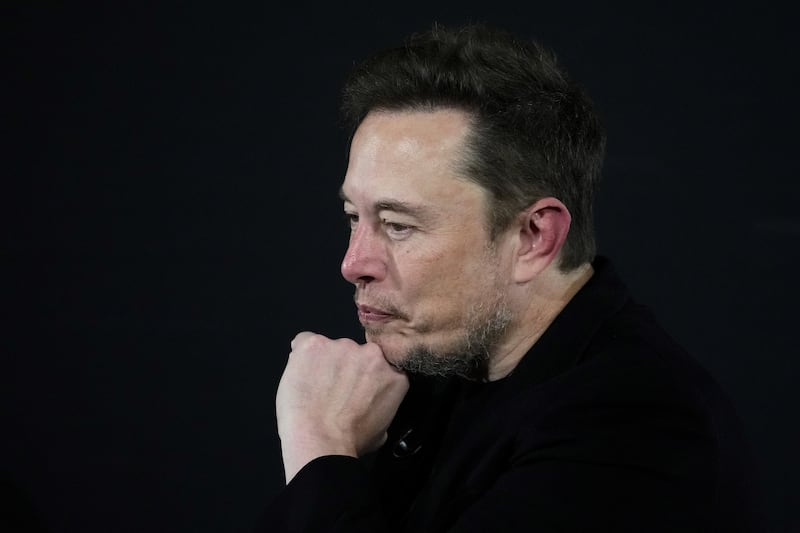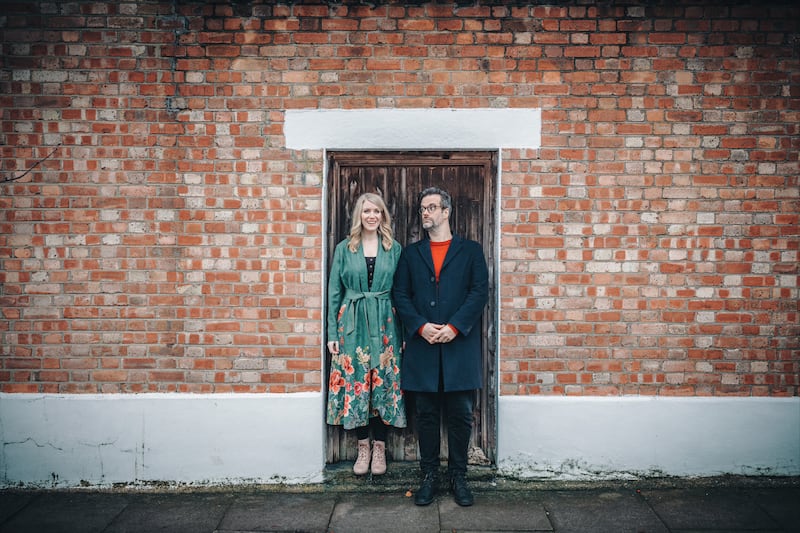The Moon may get its own 4G mobile network next year.
According to plans set out by Vodafone, Nokia and space exploration company PTScientists, the aim of the network is to create a communications infrastructure for future lunar missions.
The 4G network, provided by Vodafone, will allow two Audi lunar quattro rovers to communicate with each other and transfer scientific data and HD videos of the Moon’s surface to Earth.
The rovers will be deployed to study the remains of Nasa’s Apollo 17 lunar vehicle that was used by Eugene Cernan and Harrison Schmitt – the last astronauts to walk on the Moon – to explore the Taurus-Littrow valley in December 1972.
PTScientists, a German team of engineers and scientists aiming to be the first private company to visit the Moon, collaborated with German motor giant Audi on the construction of the rovers.
The vehicles are expected to be launched this year from Cape Canaveral in Florida, travelling 238,900 miles in the Autonomous Landing and Navigation Module (ALINA) – a private spacecraft designed to be compatible with commercial launch vehicles such as SpaceX’s Falcon 9.
Vodafone’s expertise will be used to set up the Moon’s first 4G network while Nokia will provide a space-grade network system for the communications infrastructure.
Hannes Ametsreiter, chief executive of Vodafone Germany, said: “This project involves a radically innovative approach to the development of mobile network infrastructure.”
According to Vodafone, the network will help to save energy because a mobile signal is more energy efficient than analogue radio.
Robert Bohme, chief executive of PTScientists, said: “The great thing about this LTE solution is that it saves so much power, and the less energy we use sending data, the more we have to do science.
“In order for humanity to leave the cradle of Earth, we need to develop infrastructures beyond our home planet.”
